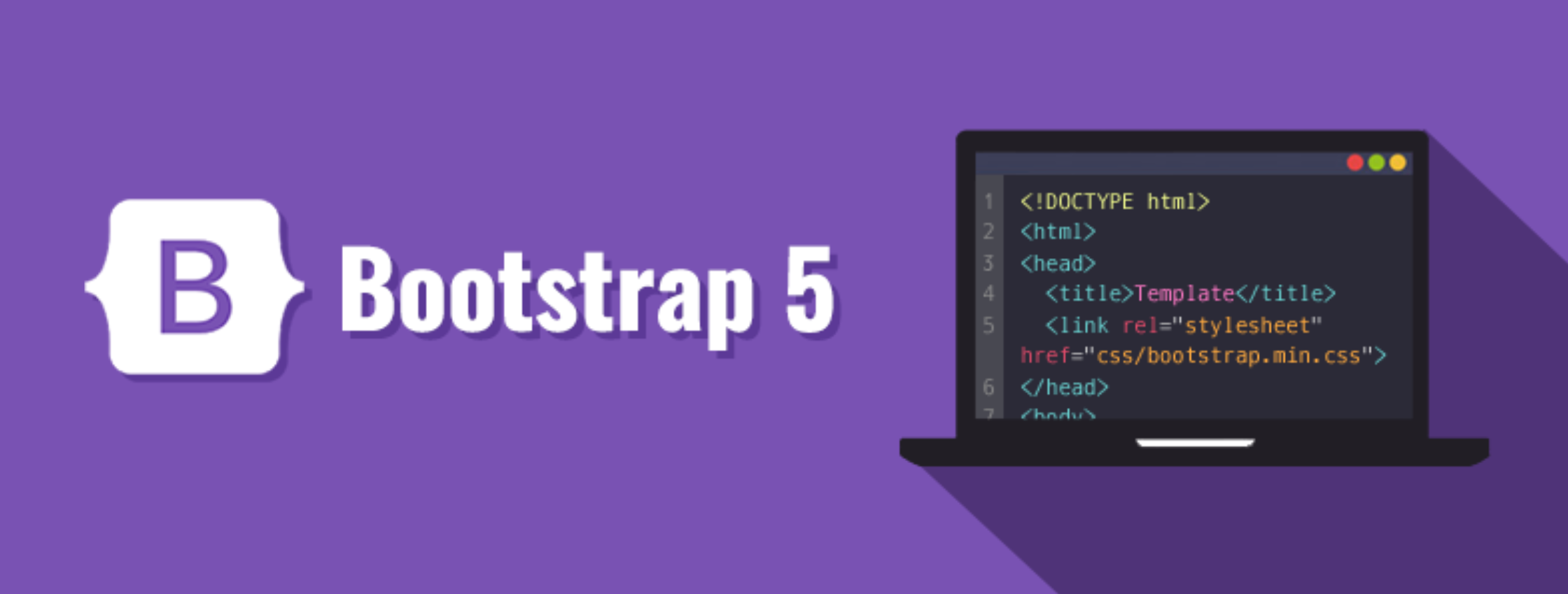Bootstrap Training: Crafting Responsive and User-Friendly Web Designs
Bootstrap, a popular front-end framework, empowers developers to create responsive, mobile-friendly, and visually appealing websites with ease. Bootstrap Training programs are designed to equip individuals with the skills and knowledge needed to harness the full potential of this powerful framework. Let's explore the key components covered in Bootstrap Training and the advantages of mastering this widely used technology.
1. Introduction to Bootstrap:
Bootstrap is an open-source front-end framework developed by Twitter, providing a robust set of tools and components for building modern web applications. Bootstrap Training typically begins with an introduction to:
-
Bootstrap Grid System: Understanding the responsive grid system for creating flexible and adaptive layouts.
-
Components and Utilities: Exploring the pre-designed components, such as navigation bars, buttons, forms, and utility classes that Bootstrap offers.
-
Responsive Design: Grasping the principles of responsive web design and how Bootstrap simplifies the process.
2. Bootstrap Layout Components:
Training programs cover the various layout components available in Bootstrap, including:
-
Containers and Grids: Understanding container classes and the grid system for creating responsive and structured layouts.
-
Responsive Typography: Implementing responsive typography that adapts to different screen sizes.
-
Spacing and Margins: Utilizing Bootstrap classes for managing spacing and margins effectively.
3. Bootstrap Components:
Bootstrap provides a rich set of UI components that enhance the design and functionality of websites. Training delves into:
-
Navigation Components: Building responsive navigation bars, dropdown menus, and navigation pills.
-
Forms and Input Groups: Creating stylish and responsive forms with various input types and form controls.
-
Buttons and Icons: Styling buttons and incorporating icons for a polished user interface.
4. Bootstrap JavaScript:
Bootstrap includes JavaScript components that add interactivity and dynamic features to websites. Training covers:
-
Modal Windows: Implementing modal windows for displaying additional content or capturing user input.
-
Carousel: Creating responsive image carousels to showcase content in a visually appealing manner.
-
Tabs and Accordions: Incorporating tabs and accordions for organizing and presenting information.
5. Customization and Theming:
Bootstrap Training programs guide participants on how to customize and theme Bootstrap for a unique design:
-
Customizing Styles: Using Bootstrap variables and mixins to customize the default styles to match specific design requirements.
-
Creating Custom Themes: Learning how to create and apply custom themes for a consistent and branded look.
6. Advanced Bootstrap Features:
For more advanced users, Bootstrap Training may cover:
-
SASS Integration: Understanding how to integrate and use SASS for more powerful and maintainable stylesheets.
-
Accessibility: Ensuring that Bootstrap-based websites are accessible to users with disabilities.
Benefits of Bootstrap Training:
-
Rapid Development: Bootstrap allows for faster development through its pre-designed components and responsive grid system.
-
Consistent Design: Training enables developers to maintain a consistent and professional design across different devices and screen sizes.
-
Efficient Prototyping: Bootstrap is excellent for creating prototypes quickly, allowing for rapid feedback and iteration.
-
Responsive Web Design Mastery: Participants learn how to create websites that seamlessly adapt to various screen sizes, enhancing the user experience.
-
Wider Career Opportunities: Bootstrap proficiency is a valuable skill sought by many employers, opening up opportunities in web development and design.

